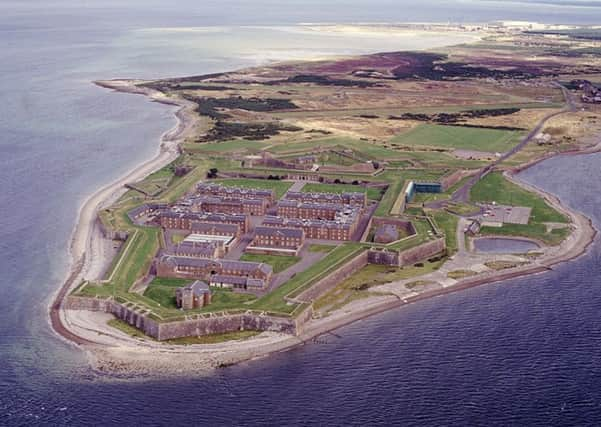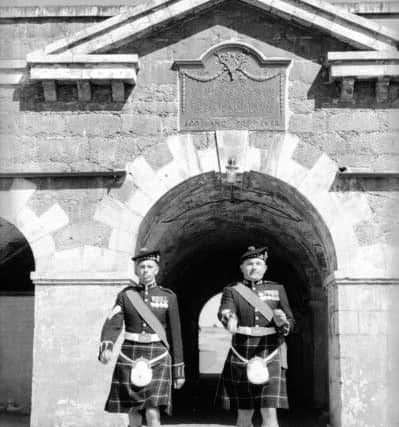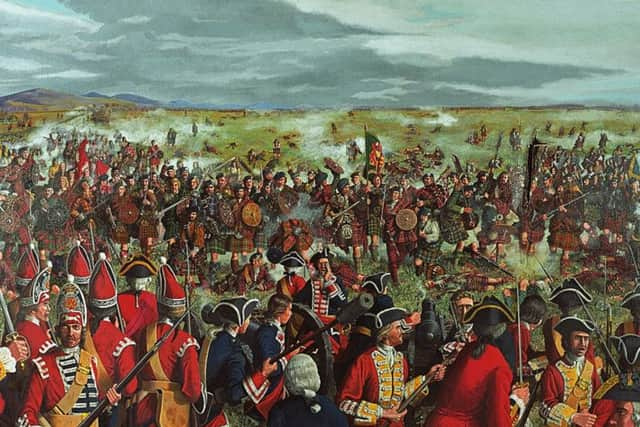The British fort built after Culloden that ‘never fired a single shot in anger’


This year marks 250 years since the completion of Fort George, Britain’s mightiest artillery fortress.
Named after King George II, Fort George was built following the defeat of the 1745 Jacobite Rising at the Battle of Culloden. The Crown wanted to ensure that such a rising would never happen again.
Advertisement
Hide AdAdvertisement
Hide AdThe Fort was intended to impose greater government control over the Highlands, which were often viewed as the rebellious and remote.


Yet Fort George never fired a single shot in anger. By the time it was completed in 1769, Jacobite support for the exiled Stuart dynasty had declined. It instead served as a recruiting and training base for the next 250 years.
Fort George was the biggest construction job ever completed in the Highlands. It required 1,000 men to build and many materials to be brought in by sea. It replaced an earlier fort which was located 11 miles west in Inverness.


The newly-appointed military engineer for Scotland, Lieutenant-General William Skinner, was chiefly responsible for the design and layout. For a location, he selected a barren spit of land jutting into the Moray Firth.
Scotland’s best-known architectural dynasty, the Adam family, won the challenging building contract. The Adams were responsible for masterpieces such as Duff House in Banff and Mavisbank House near Loanhead.
They took on the daunting task in 1747, which included building a rampart more than one kilometre long and garrison buildings that akin to a small town.
Records suggest that Skinner and the Adams did not always see eye to eye. Describing their working relationship, Robert Adam wrote: “One day we were kissing hands, another day we were cutting each other’s throats”.
Nevertheless, in 1769, after 22 years, Fort George was completed. Skinner was installed as the first governor. It remains the finest example of 18th Century military engineering in the British Isles, and one of the outstanding artillery fortifications in Europe.
Advertisement
Hide AdAdvertisement
Hide AdFor much of its history far more soldiers than tourists passed through Fort George – but some notable early visitors did call in. Dr Samuel Johnson and his would-be biographer James Boswell visited in August 1773. Johnson was impressed and wrote: “I could not help being struck with some admiration, in finding upon this barren sandy point, such buildings – such a dinner – such company: it was like enchantment.”
The soldiers stationed there at the time, however, seemed less enchanted with their quarters. They came to know it as “Fort Misery” due to its remote location. It was so remote in fact, that it was even considered as a prison for Napoleon after his capture at Waterloo.
